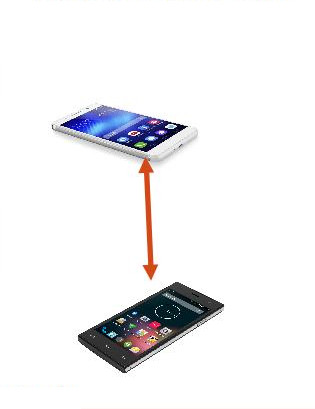Viscous
An End to End Protocol for Ubiquitous Communication over Internet of Everything
Internet
The Internet follows the conceptual design from a set of protocol suites where the major com- ponents are the network layer protocol, termed as Internet Protocol (IP), and the connection based reliable transport layer protocol, known as Transmission Control Protocol (TCP), which together popularly form the TCP/IP protocol suite that is the base for today’s Internet architecture. However, during the last decade, it was well felt that the basic Internet architecture based on TCP/IP protocol suite is not suitable for growing demands of extending the Internet over a large number of smart devices at the edge, that spans from the smart handheld devices to the network of low power sensors and actuators, known as Internet of Things (IoT). The increasing number of edge devices reduces the scalability of the present Internet architecture, fundamentally because the nature of data traffic is different for today’s Internet from the one that was envisioned during the development of the TCP/IP protocol suites.

Limitations of Current End-to-end Transport Protocols

Supporting seamless communication during mobility is one of the fundamental requirements for today’s Internet. However TCP is a connection oriented protocol, a connection in TCP is identified by the tuple (source IP, destination IP, source port, destination port). If one of the source or destination IP changes, the ongoing TCP connection needs to be dropped and a new connection needs to be established. TCP connection establishment and termination requires three handshake messages each, and therefore the signaling overhead for TCP is considerably high for a mobile device when it keeps on sending multiple flows.

If a device is connected to the Internet via multiple network interfaces, it is called a multihomed device. Multihomed devices have the power to transmit or receive data via multiple paths through multiple physical interfaces. However, a normal TCP cannot utilize multiple interfaces available to a multihomed device.

TCP employs a slow start phase to handle network congestion. How- ever, a short-lived flow may fail to come out of the TCP slow start phase, resulting in underutilization of available network capacity [6, 7]. Interestingly, many of the today’s application over Internet, like web browsing, IoT communication, many smartphone applications (known as Apps) generate short lived flows.